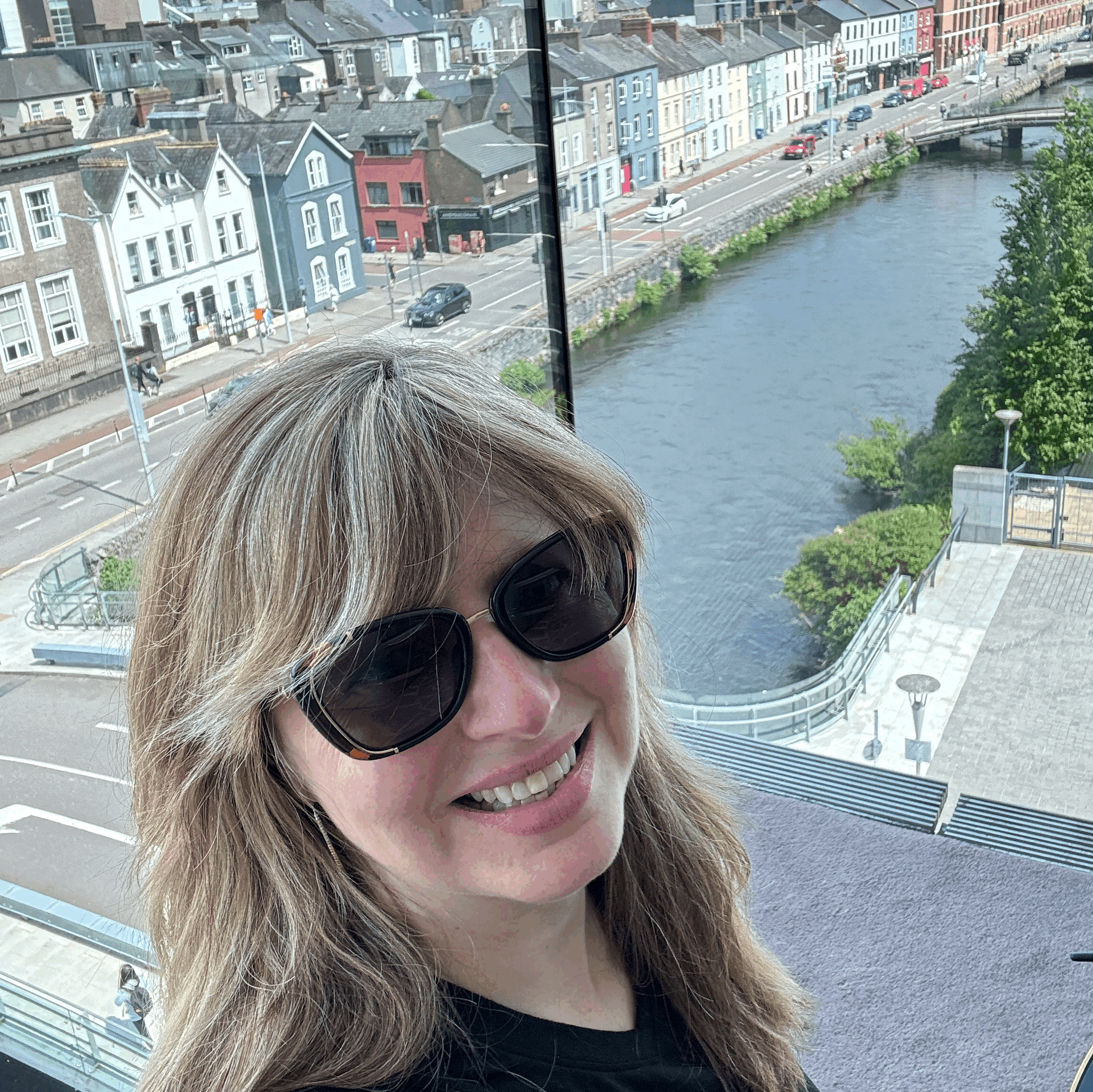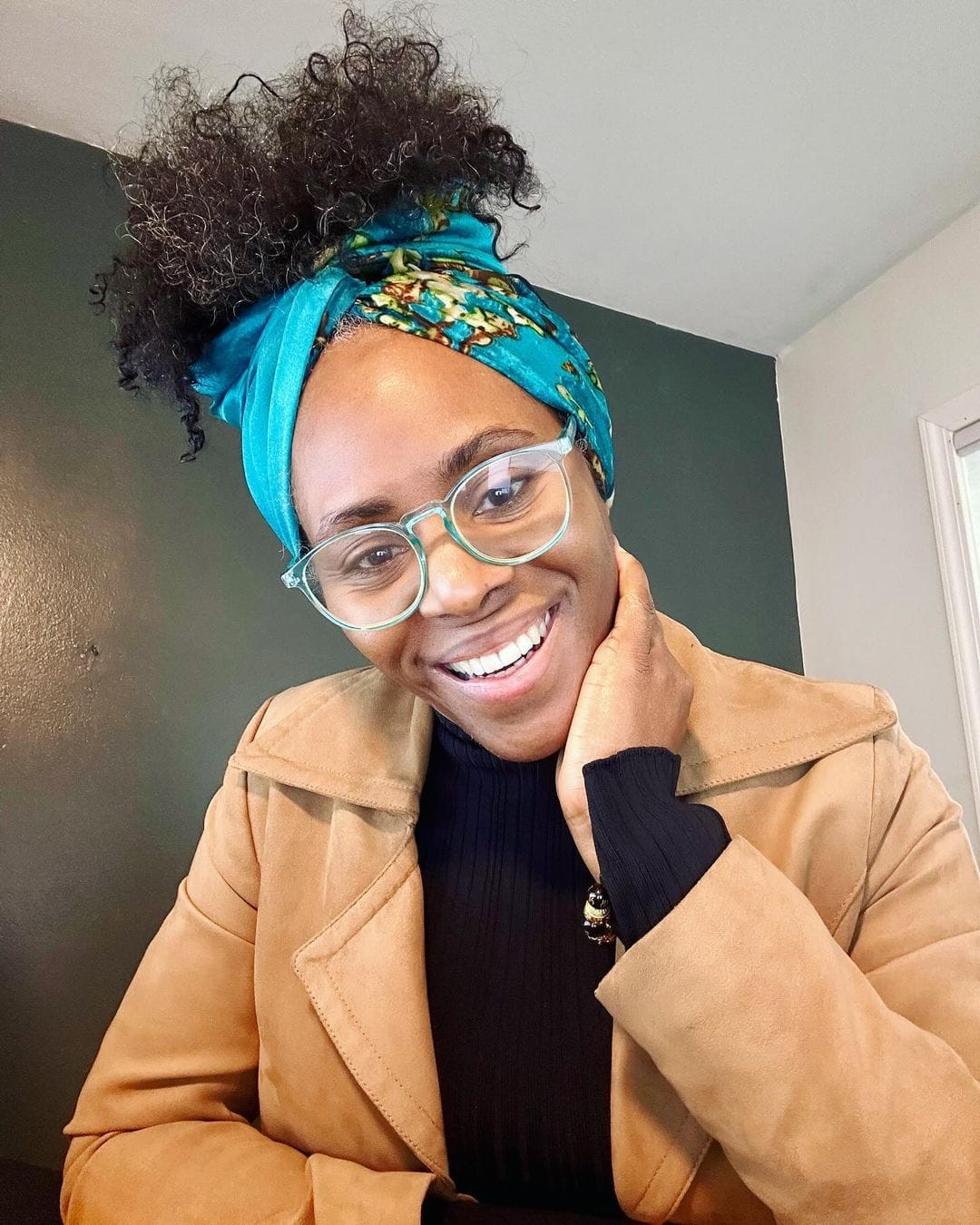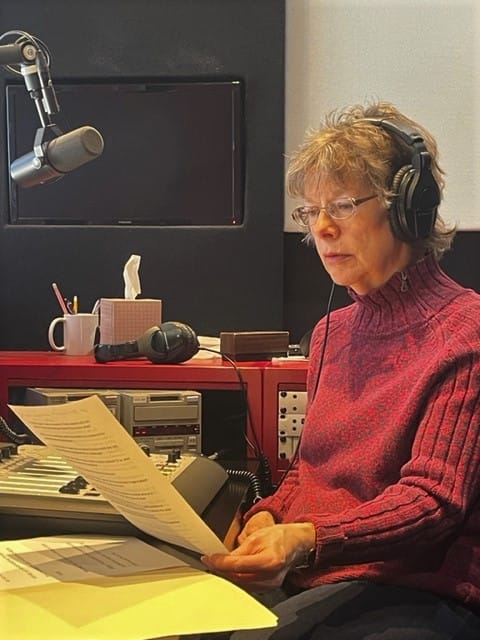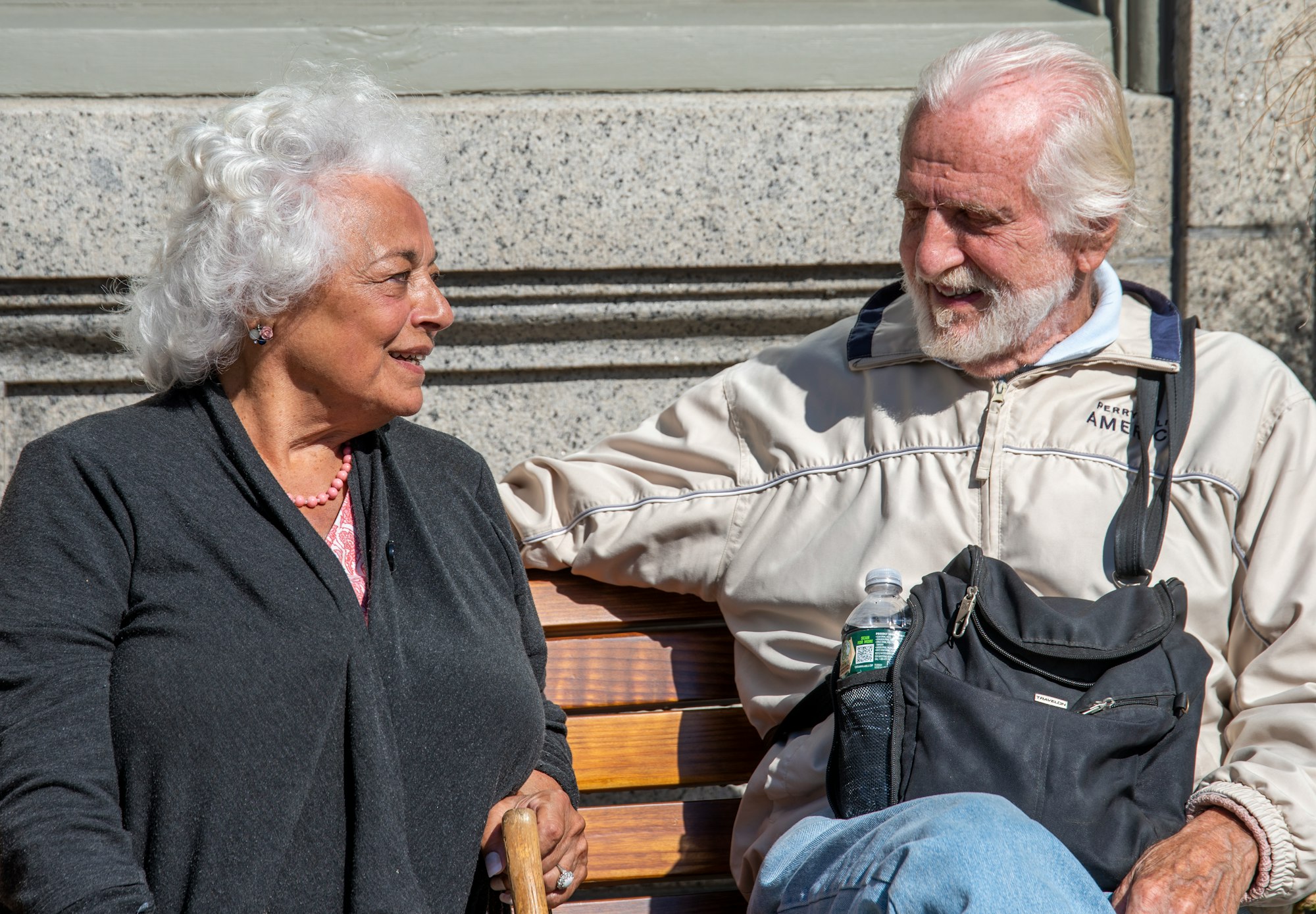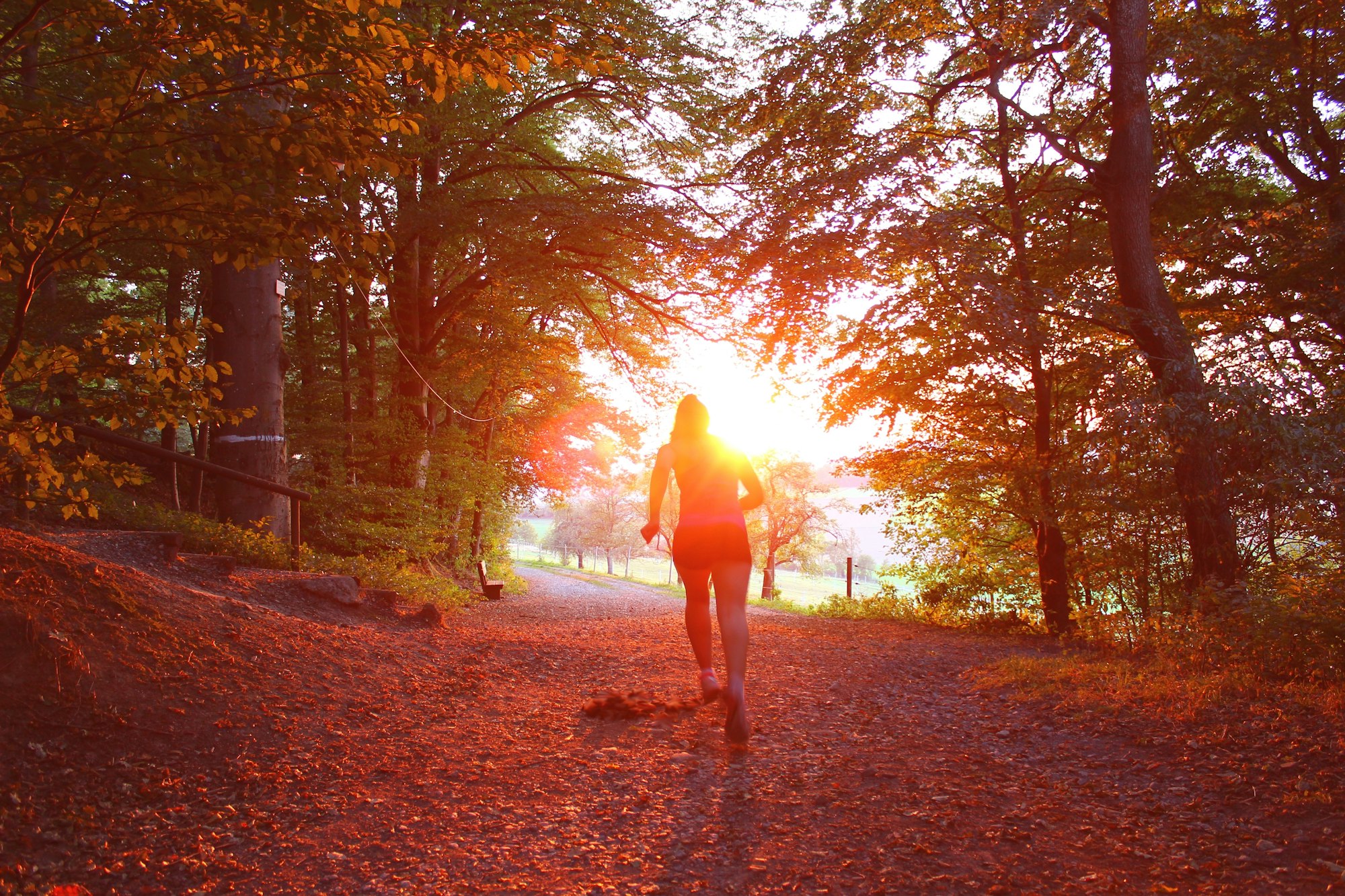Moira Denson, Associate Professor of Interior Architecture and Design at Marymount University, unveils the critical world of designing spaces for our aging selves. Having more than a decade of experience in healthcare, workplace, hospitality, and residential buildings, Moira is now a prominent figure in the field of design.
Denson's research focuses on pioneering designs for older adults, both in private and community settings. Her insights suggest a future where we evolve to accommodate the changing needs of an aging population.
Design for Aging with Moira Denson
- Meet Moira Denson
- Concepts of Design around Aging
- Incorporating the Sensory Cues
- Lighting: A Critical Variable
- Stairs: The Vertical Challenge
- Bathroom : Preventing Falls
- Mental Health: An overlooked aspect
- Developing human-centric designs
- Smart Technologies for Aging in Place
- Future of Aging in Place
- Aging in a community: Japan
Aging in Place
The number of Americans 65 and older is projected to keep increasing and will be around 20% of the whole population by 2034. This begs the question that maybe we need to move away from just the senior homes and senior apartments, the requirement of older adults should be at the center of many of our personal home designs, renovations, and community spaces.

Government Grants: More Americans are choosing to Age in Place and are ready to undergo needed home modifications. Moreover, many states have recognized the critical need of lacking infrastructure in terms of supporting aging and hence states have started to offer incentives for home modifications for older adults. In the USA, Older Adults Home Modification Program(OAHMP) administered by the Department of Housing and Urban Development (HUD), aims to help low-income elderly individuals remain in their homes. Similarly, the UK govt. has a home adaptation scheme supported by Occupational Therapists under the NHS to help you with home modifications. Similar initiatives are being taken in other countries across the world such as Australia.
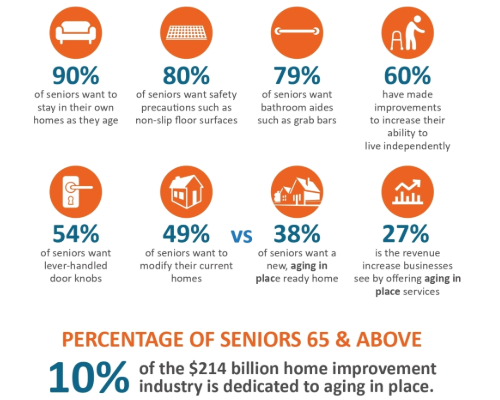
We all walk around with beautiful phone that we love and experience, right? So I think our homes are a little behind, we are very protective of our homes. They are our sanctuaries
Incorporating Sensory changes
Moira Denson emphasizes the critical need to understand our sensory changes as the basis for design accommodations. As we age, there is often a decline in sensory capabilities, particularly in vision, hearing, and perception. This precipitates the need to rethink our home to adapt to our new phase
Contrasting Colors: Denson discusses how there has been a surge of minimalism lately wherein designers love to keep consistent colors across the designs. Minimalist designs make a great impact but they can be extremely injury-prone as you may not see the open wardrobes or the edges
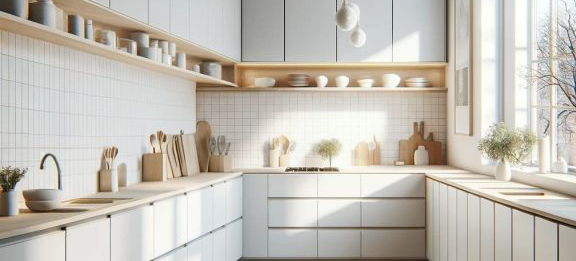
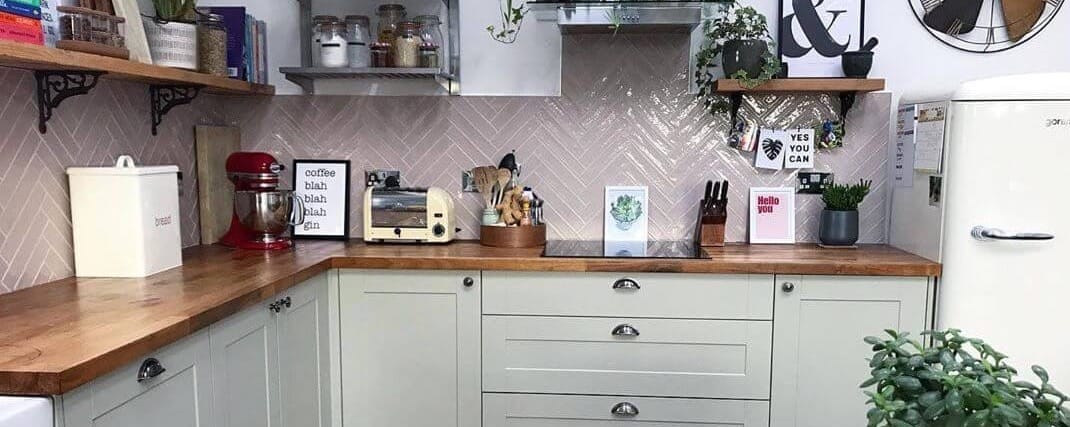
Using contrasting colors can prove decisive in enhancing safety and functionality. High color contrast helps us distinguish different surfaces, which is especially beneficial for those with impaired vision or perception. Ensuring strong value contrasts between countertops, floors, and cabinets can prevent accidents when handling dishes, cooking, or simply navigating.

Empathy to conditions
As we age, our musculoskeletal and mobility functions naturally decline, making it crucial to adapt our living spaces for enhanced safety and accessibility. Many of us might suffer from cataracts, macular degeneration, low hearing, and so on. Having assistive features in home design can greatly improve our quality of life.
- Accessibility: Navigating stairs can become challenging. Should we consider adding ramps or stair climbers? Installing assistive handrails in support areas, such as near the bed, can be very helpful. Should doorbells be equipped with accompanying lights for better visibility?
- Empathise: Low vision means, we might stumble on our furniture, countertops, and cabinets with sharp edges that can pose injury risks. Rounding or padding these edges can enhance safety. A small number of steps can be transformed into ramps to avoid unnecessary slippages.
- Reorganizing: Frequently used items should be stored within easy reach. The need for stools or chairs should be strictly avoided. Are there older furniture that can be let go to clear up space for you?
Empathy comes from the German word Einfelong which means Aesthetics. So the beauty comes when function meets design
Empathetic designs are when we put users at the center. Donne the role of an interior designer and put yourself at the center and start thinking.
Lighting, Shadows and Glare: The Silent Caretaker
Denson points out the ignored aspects of lighting which are the shadows and glare. Glare can be disorienting and uncomfortable, especially as we age. One can easily skip a step or miss an edge. Addressing these issues is essential for creating a safer and more comfortable environment.
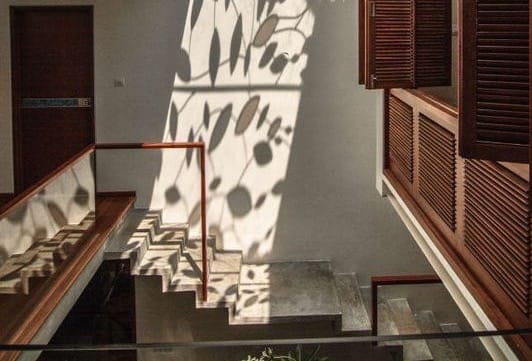
That is why it is worth revisiting your home designs such that light is uniformly diffused to safeguard optimal clarity.
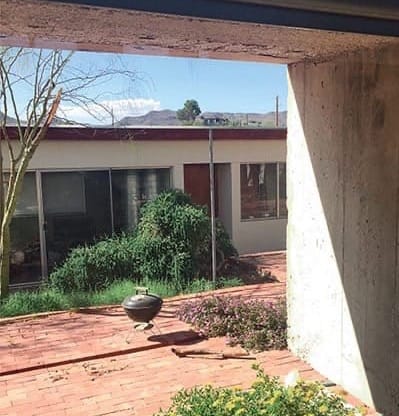

Bright lights can significantly enhance visibility for activities such as cooking, using the bathroom, navigating staircases, or doing laundry. Denson advocates for multi-directional lighting to reduce shadows, and to reduce confusion or accidents. Popular methods to distribute even light in homes include skylights or glass panels. Additionally, under-cabinet lighting, multi-directional fixtures, and bright ceiling lights can further reduce shadows.
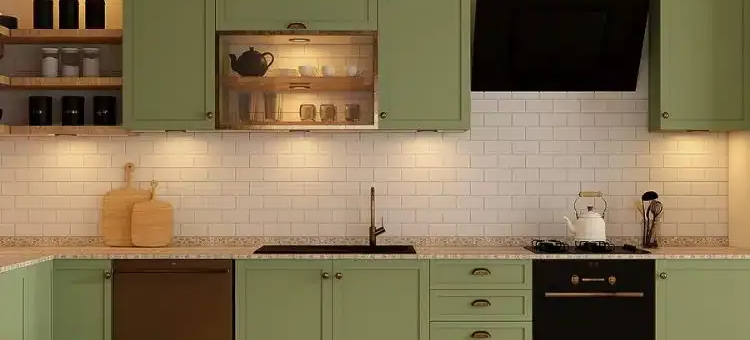
Smart lighting systems offer advanced solutions by detecting motion and adjusting both color and intensity based on the time of day and motion of the user, providing tailored lighting conditions. Smart light systems can also work with motion sensors to light up when a person wakes up in the dark.
Bathrooms: Bathrooms are identified as high-risk areas for falls and injuries. 80% of falls at homes occur in the bathroom leading to more than 200,000 seniors being treated in emergency rooms each year for bathroom-related injuries
Denson provides practical suggestions for enhancing safety, including:
- Optimal illumination: Achieve a uniform distribution of light throughout the space. In situations where brighter illumination is required, consider utilizing high-wattage white lights. Tailor the placement of lighting fixtures to suit specific activities. For instance, when shaving, overhead lighting alone may be inadequate. It's thus advisable to incorporate lighting from multiple angles to eliminate shadows and enhance visibility.
If someone is shaving or putting makeup on, you need light coming at you from different directions because light coming from above may be blocked
- Hand/Grab rails: The majority of slips occur in the tub or shower. Installing handrails is a standard precaution near these areas, providing crucial support in the event of a slip or while moving about. Denson also suggests considering attachments that integrate with the tub itself, rather than relying solely on wall-mounted options, to enhance stability and ease of movement.
- Anti-skit, non-slip bath mats, and textured floor tiles are also common methods to avoid slips and falls
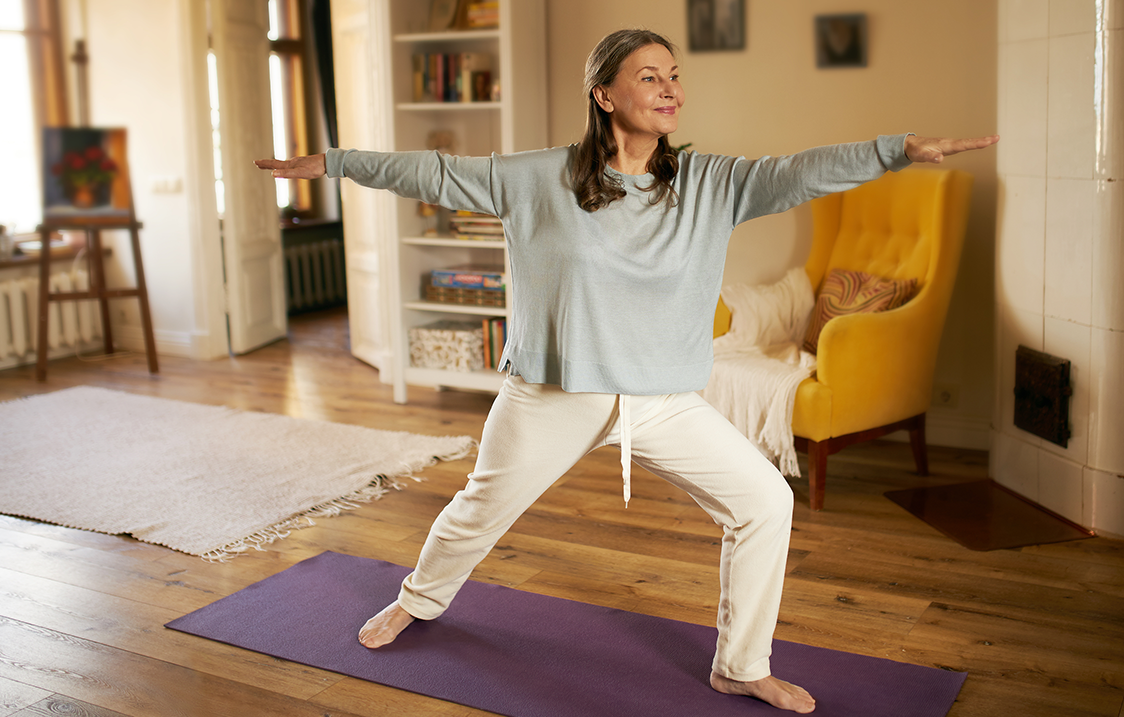
Oseterics is on a mission to inspire you for active and graceful aging. A regular, practical, and tailored Yoga regimen is proven to help in both physical and mental health.

Staircases: Stairs present unique challenges for all ages alike. Each year more than 1 million Americans get injured due to stairs and the risk increases dramatically with age. This danger is heightened for older adults with conditions like arthritis, where a fall can result in serious bone fractures.
- Tractions: As most falls result from slipping, many products can be used to improve tractions in the staircases such as rubber/abrasive stair treads and anti-slip.
- Contrast between treads and risers: Contrast between treads and risers: One major reason for stair-related falls is reduced depth perception, which can cause someone to lose their balance. A clearly demarcated difference helps us to avoid misjudging a step.
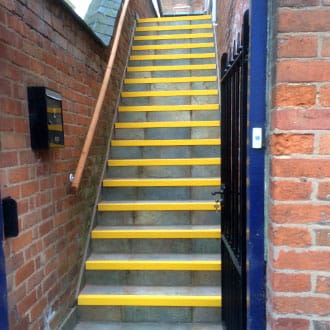
- Other initiatives such as using textured wall coverings along staircases as a tactile guide and ensuring proper illumination at the top, bottom, and if needed along the staircase.
While acknowledging the potential of smart home technologies, Denson stresses the importance of making these technologies attractive, appealing, and easy to use for older adults. She envisions a future where smart technologies seamlessly integrate into homes. She cites examples wherein smart lights will adapt to the time and day and provide a mood-enhancing experience for the users. Other smart solutions that are useful are smart doors, smart locks, smart switches, and so on.
The Japanese Influence: Flexibility and Autonomy
Denson draws inspiration from Japanese design principles, particularly in their approach to creating flexible, modular spaces that can adapt to changing needs. Traditional Japanese homes often feature sliding doors (shoji) and removable wall panels (fusuma) that allow for easy reconfiguration of living spaces. This flexibility is particularly beneficial for multigenerational households.
Denson has studied the inspiring example of Ibasho, a community space in Japan designed around older adults displaced by earthquakes. The Ibasho housing community space is built around informal gathering spaces giving older adults opportunities for social connections.
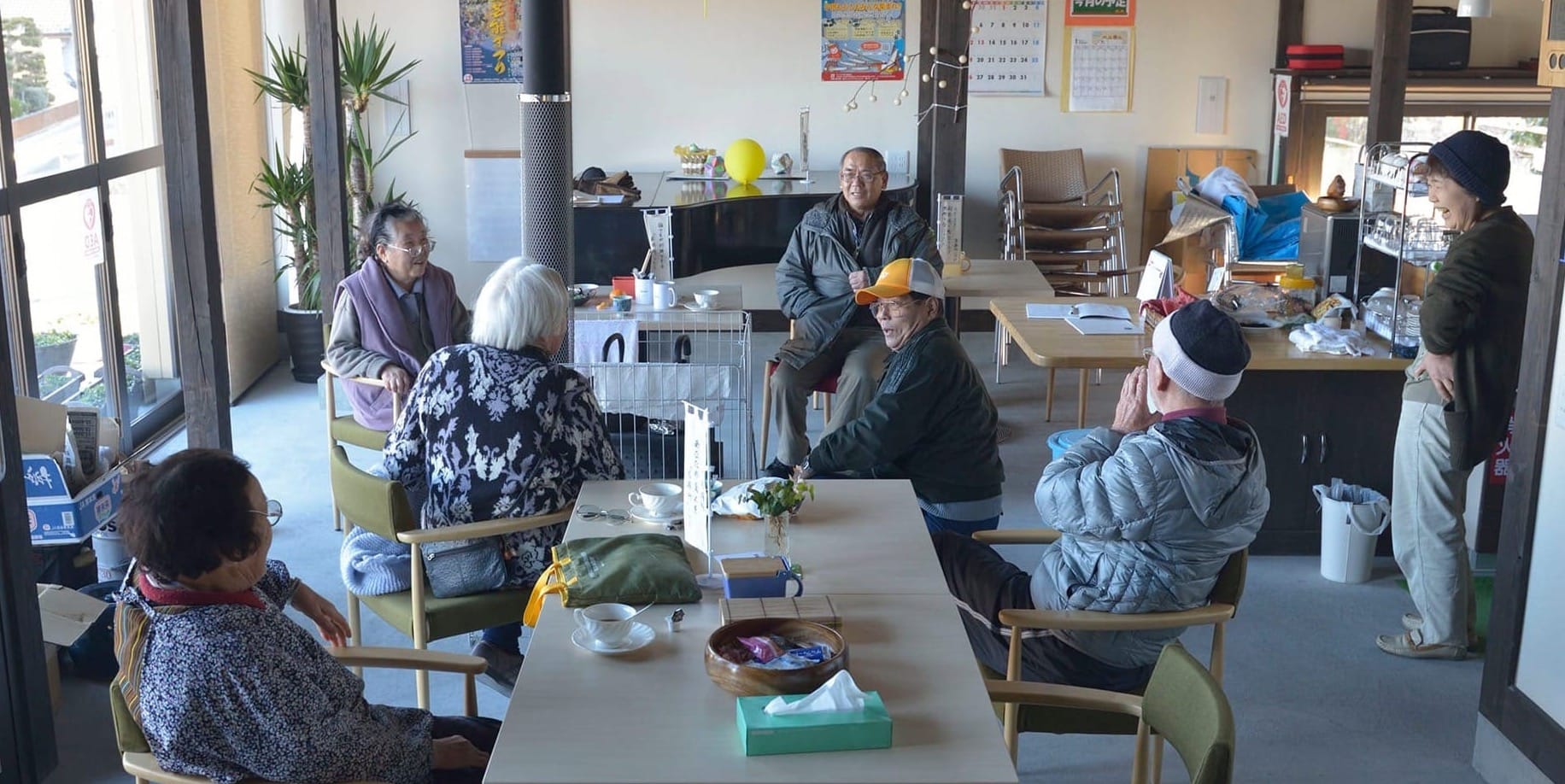
Denson emphasizes the importance of involving older adults in the design process. This approach, known as participatory design, ensures that spaces meet the specific needs and preferences of their users. Initiatives such as Ibasho are unique solutions to upcoming challenges and are now being replicated in other countries such as Philippines and Nepal.
feedback: Leave your comments below or email at contact@oseterics.com

